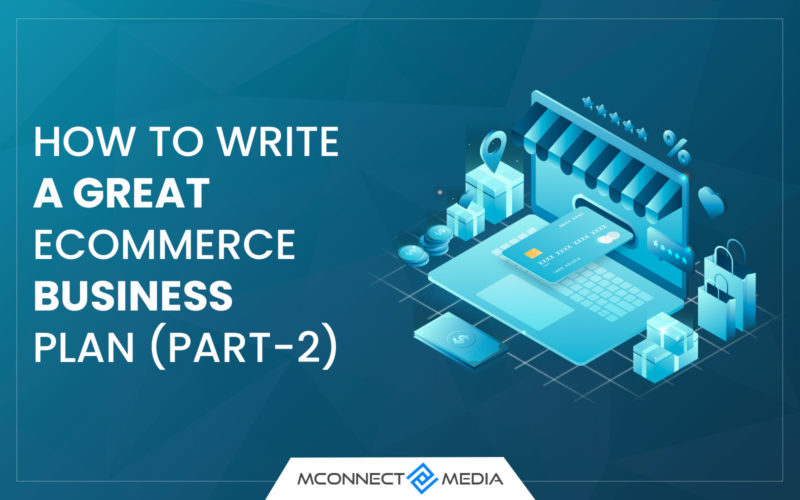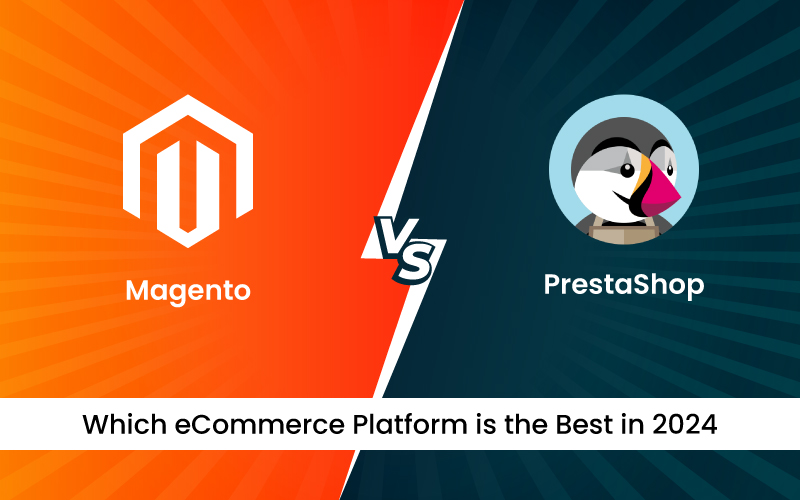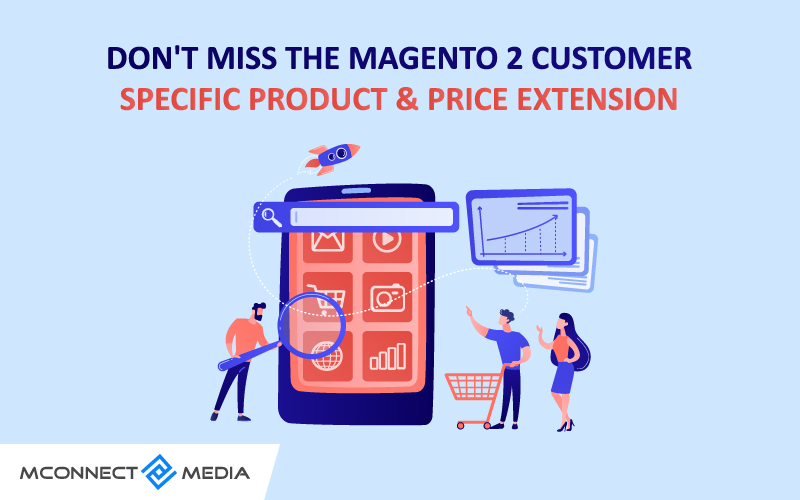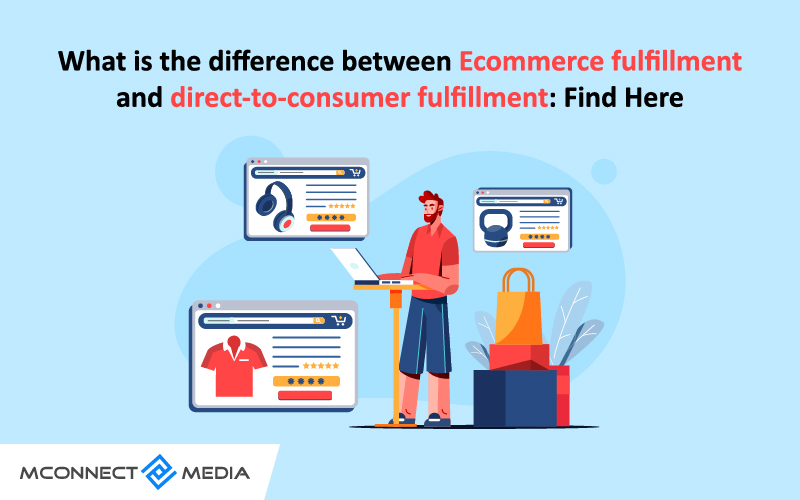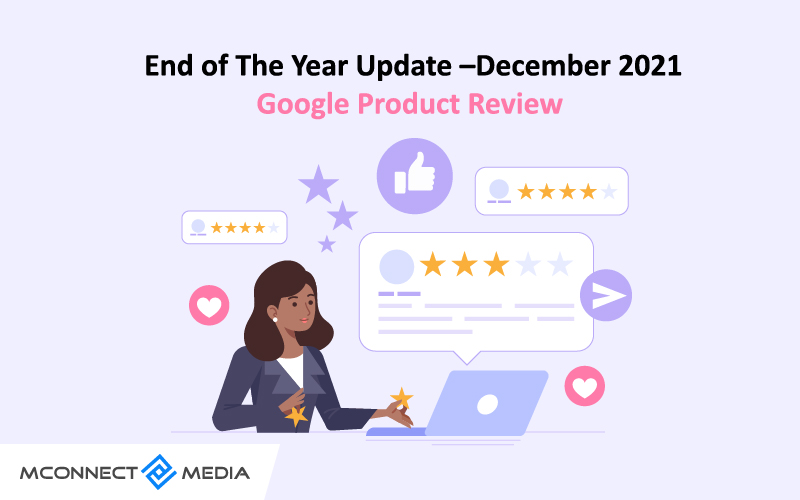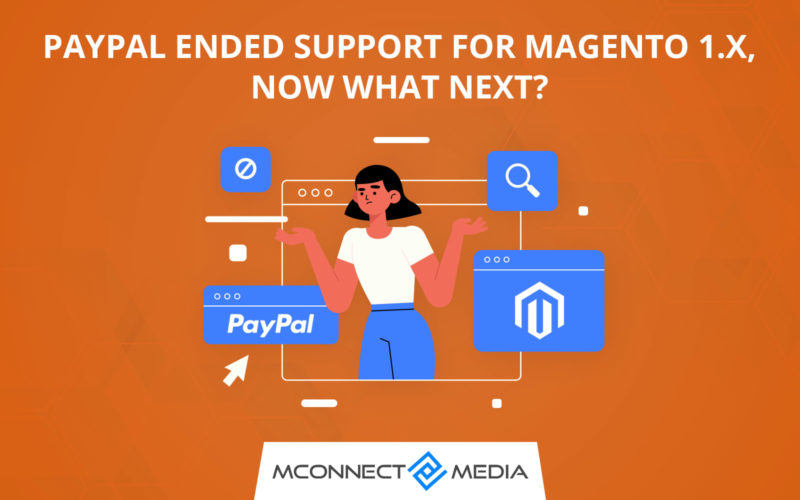In part-1 of creating a successful eCommerce business plan, we discussed why you need a solid business plan, how you can gain deep understanding, do resource planning, plan for the future, and answered few questions before getting started. Today, in part-2, we want to discuss 7 essential things about creating a successful business plan. So, without further ado let’s get started.
7 Things Essential for Crafting a Successful Business Plan
Business plans vary for different businesses based on various elements. However, most business plans have the following 7 things in common. You cut down or add new topics when you craft yours.
1. Company Overview:
In the early stage, the most visited page after Homepage remains the About Us page where you provide an overview of your company. This company overview will establish the type of business you do, your mission, vision, what you plan to do in the future, and why your company is special. It is a vital part of your business plan. Put a little thinking into the following things,
- Explain the legal business structure of your company and how it works.
- Tell visitors what drives you. Write a compelling mission stating why you have started this business, what are problems and how you are going to solve them with your products or services. You can also explain your passion and how did you come up with this business idea.
- Next thing is to write a vision for your business. Tell your visitors what you intend to do in the future, what are your plans and dreams? Where will the company go in the coming years and how will you get there.
- Give a little background story of how the company started. Keep it short and simple.
- Give mentions to key members of your team.
2. Executive Summary:
An executive summary illustrates the business idea in a more clear and persuasive way to quick reviewers. Once you develop a deep understanding of your business & customers, it’ll get easy for you to write a one-page executive summary. Let’s see what executive summary is made of.
- Summarize what your company does in a compelling and easy to digest way. Your industry and what you offer?
- Tell your audience why you are special, your vision, and why they choose you over your competitors.
- Give intro about your products. Write in general terms if you are selling lots of products. Tell customers why your products are better over similar products others sell.
- Specify who your target audience is and who do you plan to sell your products to.
- Gives details if you have a physical as well as an online store where your readers can engage with you.
- At last, give a summary of how do plan to monetize your business? Are you ready to form partnerships, affiliate networks, or any other?
3. Market Analysis:
To thrive in the eCommerce world, you must research your target market. As you conduct extensive research, you’ll come to know about the specifics of your industry and its long-term outlook. Moreover, you’ll know about other competitors and their potential so that you know where do you stand against them. Once you know everything, it’ll be easy for you to draft this section of your business plan.
Through extensive research, you’ll be able to create sales projections. And for that, you need independent aggregated data that defines a set of KPIs. Make sure you get enough data from the following factors.
- Know your consumers better. Get to know their psychographics. What are their habits from waking till going to sleep? The more you know the better it is for you to craft compelling messages and personalize their shopping experience.
- To get the upper hand, know more about your competitors. Who are the market leaders? Who you will be in direct and indirect competition with? Get to know their business structure, mission, monthly website traffic, pricing strategy, key product features, etc.
- Gather more data for your industry growth. What are the trending things in your business? What are the things your target audience spends money on? The more you know the better.
- Conduct a SWOT analysis. List out Strengths, Weaknesses, Opportunities, and Threats.
4. Product and Services:
In an executive summary, you gave a brief about your products or services. Now, it’s time to properly introduce them to the world. If you sell niche-oriented products or services, explain in detail what you are offering. And if you plan to sell a wide range of products, highlight their benefits & features in general terms. Don’t go overboard with technicalities and use bullets to showcase the product highlights.
5. Marketing Plan:
This is the most important part of your business plan. Let’s say your idea rocks, and it has the potential to grow innumerably. And to achieve such a feat you’ll need an effective marketing plan backed by some ironclad thinking. First, decide what your budget is and plan your marketing strategies accordingly. Needless to say that, you have to find alternate ways to get in front of your target audience if you have limited funds.
Use 4Ps, Product, Price, Place, and promotion to market your products or services. First, define how your products will fulfill consumers’ needs? How much your product costs and what price customers will pay? Where will the target audience find your product? What are the channels you’ll use for promotions?
There are mainly two kinds of marketing channels: paid & organic. In paid, you can go for PPC ads, social media ads, affiliate marketing, influencer marketing, and others to drive potential traffic. In organic, you don’t have to pay anything to drive traffic. It includes SEO, social media marketing, content marketing, etc.
6. Logistics and operations Plan:
You should cover the following things in your logistics and operation plan:
- Take care of your product supplies or raw material for production. Does it require to pay in advance and if so, how much?
- Take care of your manufacturing? Do you plan to manufacture products yourself or hire supplies from 3rd-party manufacturers? What’s your plan to cope with high demand?
- What about the shipping and order fulfillment? Find more than one logistic partner that delivers where you plan to sell your products. How long will it take to deliver? What about international deliveries?
- How will you manage your inventory? Where do you plan to store the whole inventory? Also, take care of incoming and outgoing inventory tracking.
7. Financial Plan:
Make things clear about how do you plan to get finances to get things moving for your business. Do you plan to take a business loan, make an alliance with wealthiest partners, or are finding investors? You can create a crowdfunding campaign as well. Most financial plans include the following:
- Income Statement: This includes your income sources and expenses for a specific period – a month, quarter, or year. You’ll get your profits when you subtract expenses from income revenue sources.
- Balance Sheet: The balance sheet defines the business’s shareholder equity. All the company assets go on the left side and all the liabilities go on the right side. Subtraction of these two gives the shareholder equity.
- Cash-flow Statement: This defines the real-time income of your business. If more cash is coming in than going out, then you have positive cash-flow. If more cash is going out than coming in, then you have negative cash-flow. Forecasting cash-flow in advance is necessary to keep your business solvent.
Summing Up
In a nutshell, we want to convey that gather as much extra knowledge as possible. It’ll empower you to start your journey on a good note. Creating a plan prior to starting a business help you learn about topics you know nothing about. In part-1 of creating a plan for a successful eCommerce business, we have covered many useful things that’ll help you get going.
We conclude our series business plan series with part-2. You can always consult our eCommerce experts if you need help with creating an effective plan or developing an eCommerce website.


